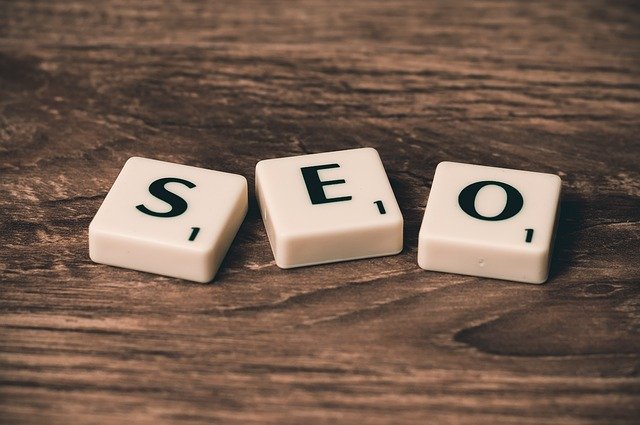Search engine optimization (SEO) constantly evolves, as SEO practitioners are well aware. However, ingrained SEO practices tend to linger long after they have outlived their usefulness. A purely keyword-based approach to SEO is a perfect example. Keywords remain vital to SEO, but if your content research begins and ends with keywords, you are working with old and blunted tools.
The modern topic-based approach goes beyond keywords to create content around topics and topic clusters. By targeting relevant topics related to a website’s niche or industry, SEOs can create high-quality content that appeals directly to their target audience while providing the comprehensive, valuable, and informative content search engines prefer.
The Decline of Keyword-Based SEO
Back in the day, SEO content planning began with an analysis of relevant keywords. The goal was to figure out the words or phrases that searchers were using and include them in the content. Because the content reflected searchers’ queries, it was more likely to appear in search engine results.
The strategy focused on figuring out high-ranking, low-competition keywords and designing a single piece of content around each one. The more keywords and keyword variations, the better. And better still if they are inserted into high-value content areas and web page metadata like page titles, headings, and meta descriptions.
But be careful to count your keywords! If your keyword density is too high, Google will figure out what you’re up to and demote your content. This is something of a parody, but it reflects a set of assumptions about SEO that remain in the ether. It’s long past time to move on from keywords and instead focus on topics.
By the way, if keyword density was ever a ranking factor, it’s not any more. You can stop counting keywords or looking anxiously at the keyword density monitor in your SEO tools. Just focus on comprehensive coverage of your topic.
The Rise of Topic-Based SEO
A topic is a subject or area of interest that is the focus of an article, blog post, white paper, etc., and typically includes subtopics. To appeal to search engines, each piece of content should demonstrate topic depth—a useful exploration of a topic that covers multiple subtopics (or related keywords).
Furthermore, to establish a site as an authority on a topic, it should demonstrate topic breadth—a range of content on overlapping topics.
One effective strategy for achieving topic breadth and depth is to focus on topic clusters rather than individual content pieces. A topic cluster is a group of individual pieces centered on a pillar page. The pillar page is an in-depth article about a broad topic of interest to an audience, typically based on a high-level keyword.
The rest of the topic cluster is made up of articles on related and overlapping subjects. They are typically shorter, focused articles that concentrate on a single, more specific keyword. All the articles are linked together, creating a cluster of content that helps establish authority for the site.
Are Keywords Still Relevant in SEO?
Yes! Keywords are still important, so you can’t ignore them altogether. Keyword research will help you select topics for pillar and cluster content and continue to inform areas of focus within an article. You should still include your main keywords in titles, headings, meta descriptions, and content body.
But keywords and keyword variations are one aspect of a broader SEO content strategy. Your ultimate goal should be to write comprehensive, high-quality articles across a broad range of topics that are relevant to your business and the audience you want to attract.








